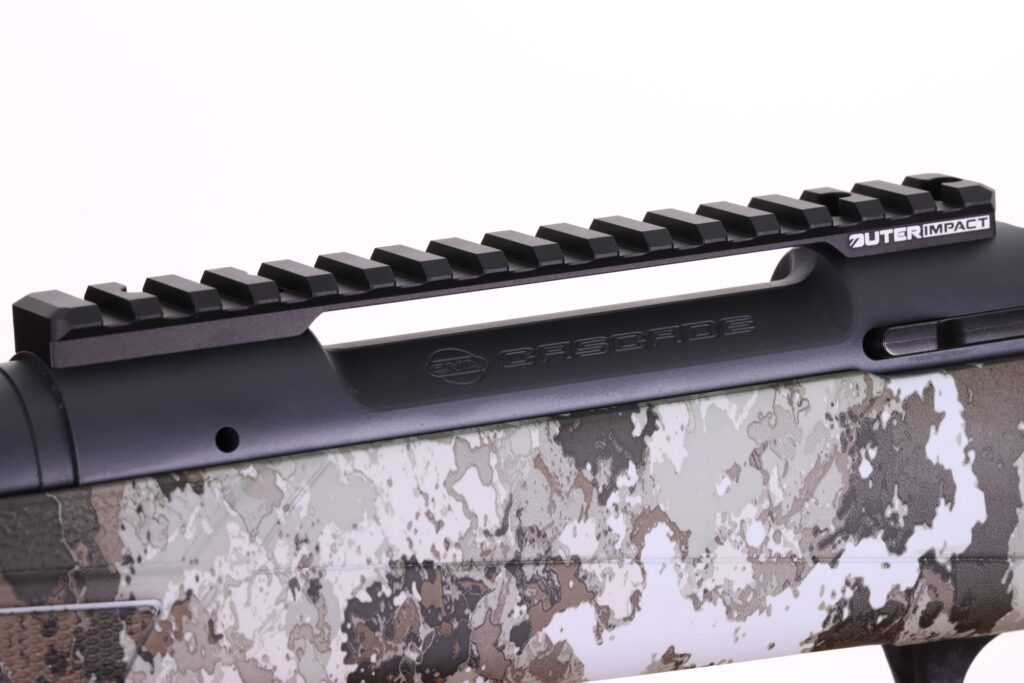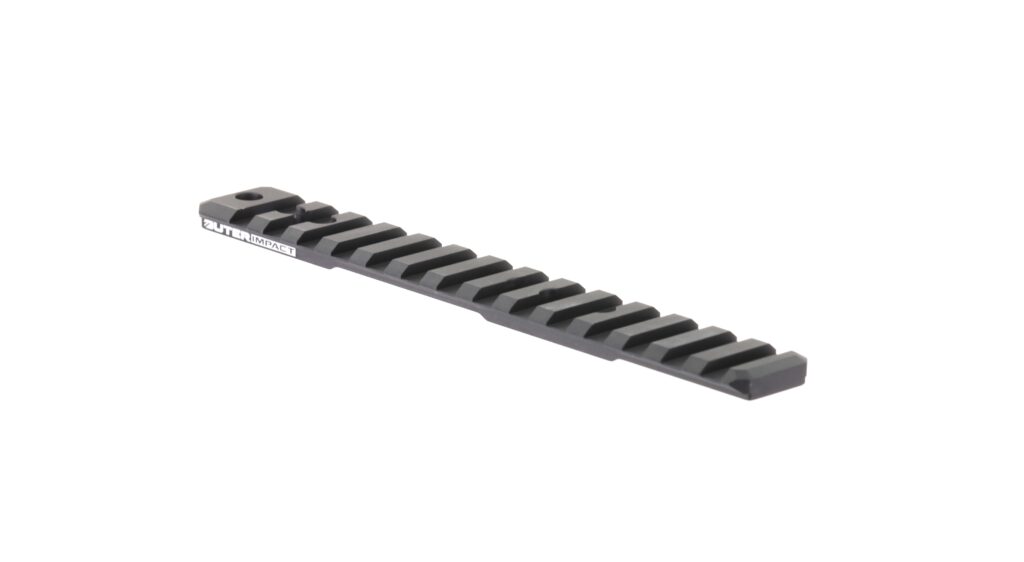Understanding Picatinny Rails: A Guide To The Types And Applications
Introduction
Picatinny rails, also known as Picatinny mounts, NATO or MIL-STD 1913 rails, are a crucial component in the world of firearms and tactical accessories. These standardized rails provide a versatile platform for attaching various accessories like scopes, red dot sights, lasers, foregrips, and more to firearms. In this guide, we’ll delve into the different types of Picatinny rails and their applications to help you make informed choices for your shooting needs. All OuterImpact Picatinny Rails are precision machined from billet aluminum and must meet our strict quality control specifications.
1. Standard Picatinny Rail

Profile: The standard Picatinny rail features a series of evenly spaced slots along its length, allowing for precise attachment of accessories.
Applications: Widely used on rifles and shotguns, the standard Picatinny rail accommodates various accessories like scopes, bipods, and lights.
Pros and Cons: This type offers excellent versatility but can be heavy and may obstruct optics when mounted too high.
2. KeyMod and M-LOK Compatible Rails
Profile: KeyMod and M-LOK rails have specialized slots designed to accept compatible accessories directly, eliminating the need for Picatinny rail sections.
Applications: These rails are popular for reducing weight and bulk on modern sporting rifles.
Pros and Cons: KeyMod and M-LOK systems are lightweight and sleek, but may not be as versatile as Picatinny rails for some applications.
3. Offset Picatinny Rails
Profile: Offset rails are designed to provide additional mounting options at various angles from the firearm’s primary rail.
Applications: Commonly used to mount backup sights, offset rails enable shooters to transition quickly between optics.
Pros and Cons: Offers flexibility for mounting accessories at different angles, but adds complexity to the setup.
4. Railed Handguards
Profile: Railed handguards feature integrated Picatinny rails along the length of the handguard.
Applications: Often seen on AR-15 rifles, railed handguards allow for a streamlined and customized accessory setup.
Pros and Cons: These handguards provide ample space for accessories and enhance the rifle’s aesthetics but may add weight.
5. Scout Mount Rails
Profile: Scout mount rails are typically mounted forward of the rifle’s action and provide a platform for long eye relief scopes.
Applications: Ideal for scout rifles, these rails are used with optics like scout scopes and holographic sights.
Pros and Cons: Scout mount rails improve quick target acquisition but may not be suitable for close-quarters shooting.
6. Picatinny Rail Lengths and Slots
6.1 Choosing the Right Length
When selecting a Picatinny rail, consider the length that suits your intended accessories. Longer rails provide more mounting options, but shorter ones reduce weight and bulk.
6.2 Understanding Slots
The number of slots on a rail determines how many accessories can be mounted. Understanding this helps you plan your accessory setup efficiently.
7. Conclusion
In the world of firearms and tactical gear, Picatinny rails play a pivotal role in customizing your shooting experience. By understanding the different types of Picatinny rails and their applications, you can make informed decisions to enhance your firearm’s capabilities. Whether you choose the standard OuterImpact Picatinny rail for versatility or specialized systems like KeyMod and M-LOK for weight savings, you’re one step closer to achieving your shooting goals.

As you explore the world of Picatinny rails, remember to prioritize safety, practice responsible firearm ownership, and adhere to all local laws and regulations. Happy shooting!
This guide has covered the various types of Picatinny rails, their profiles, applications, and pros and cons, helping you make informed decisions for your firearms and accessories. Whether you’re a seasoned shooter or just getting started, understanding Picatinny rails is a key step in optimizing your shooting experience.
